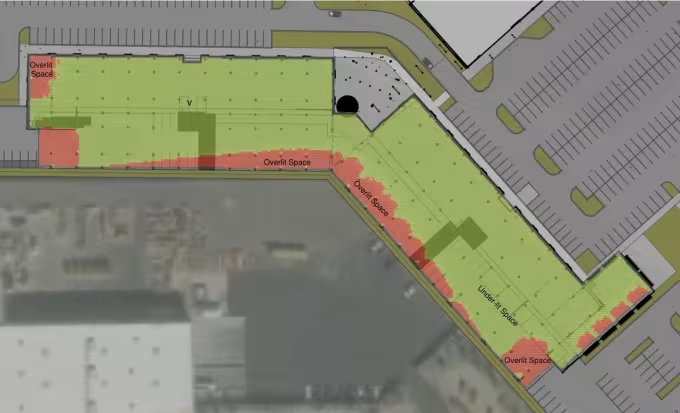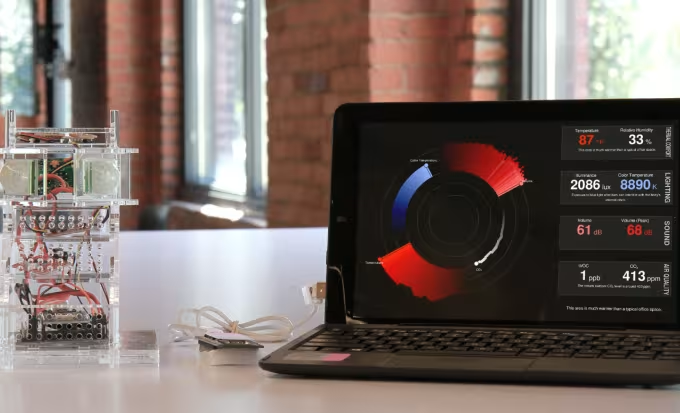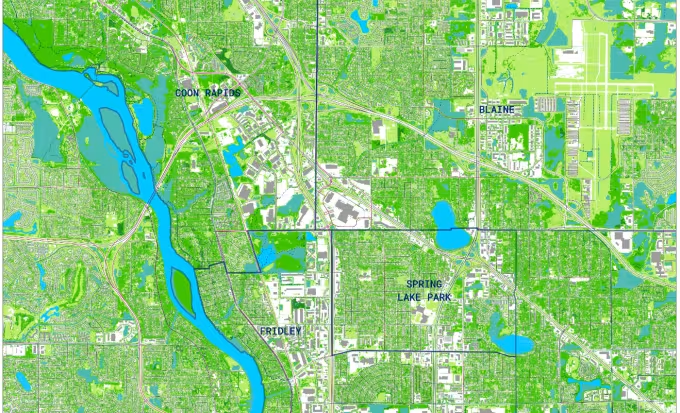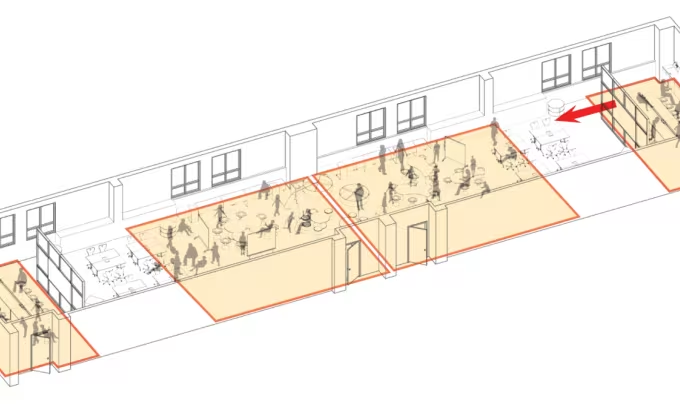Research in Practice

Learn about the different types of architectural research Cuningham is engaged in and how we are using it to create innovative, unique design solutions within the built environment.
What is Architectural Research?
Architectural research takes place when a firm invests resources in learning about a new topic, evaluating the performance of their designs, developing new techniques and processes for design, or expanding their services into unconventional territory.
A well-crafted research project begins with a literature review, searching for and summarizing the work that others have done related to a topic. Next, the researcher(s) asks questions to build on other’s knowledge which they then set out to answer by collecting and analyzing data, building and testing new tools and techniques, and sharing the results of their effort. When these questions have been answered, the researcher is provided with new insights that can be used to enrich their firm’s practice.
Why is Research Important?
Architecture firms invest in Research and Development (R+D) in order to stay at the cutting edge of practice, design with future forward techniques, create more innovative designs, and increase overall design quality. Firms with an R+D process in place have a unique mechanism to address difficult and recurring questions about the built environment that project teams either lack the scope or resources to handle directly. Additionally, having research methodologies available helps firms to better understand the contexts and driving factors behind design decisions by collecting and analyzing publicly available and site measured data. R+D in the architectural profession also enables firms to measure and demonstrate the positive outcomes and impacts of their built designs, as they are occupied and measured over time — checking assumptions and demonstrating the value of good design.
What Types of Research does Cuningham Engage in?
The research work at Cuningham generally falls into four broad categories:
- Regenerative Design
Research focused on the environment and performance of our designs - Emerging Technology
Research focused on new technology and innovative processes that can inform design and the finished built product - Urbanism and Urban Trends
Research focused on urban environments and practices that function at the scale of communities - Design Impact
Research focused on quantifying the impacts of our design work and using data driven processes to inform design decision making
Explore below to learn more about Cuningham’s forays into these four categories and get a taste of the specific projects we are using to create innovative, unique design solutions within the built environment.

Regenerative Design
Cuningham is committed to increasing the performance of the buildings we design and uses several tools and methodologies for analyzing our work to push for greater energy efficiency, daylighting, and comfort. Our regenerative design group works with project teams to evaluate their projects at key stages in the design process based on target performance criteria and helps them meet their goals.

Emerging Technology
Cuningham invests a large amount of our R+D effort into understanding emerging technologies both for the design and analysis of the built environment. This can range from understanding our processes and building custom apps to support them, engaging in computational design efforts, and surveying products and solutions that enable clients to bring their facilities into the 21st century.

Urbanism and Urban Trends
Cuningham has a long history of engaging in the planning of the built environment at the urban scale, and recent R+D efforts have begun to investigate how large, public datasets can be used to guide urban planning efforts and inform design teams of the constraints related to their projects.

Design Impact
Cuningham uses a variety of survey techniques for understanding how people experience the built environment and for measuring the impact of our designs. In special cases, we will even make on-site observations of people using the spaces we have designed to understand if they are performing as intended. By measuring the impacts of our designs, we are able to demonstrate the value of good design and identify where we can improve on future projects.